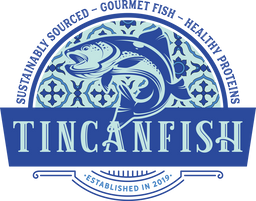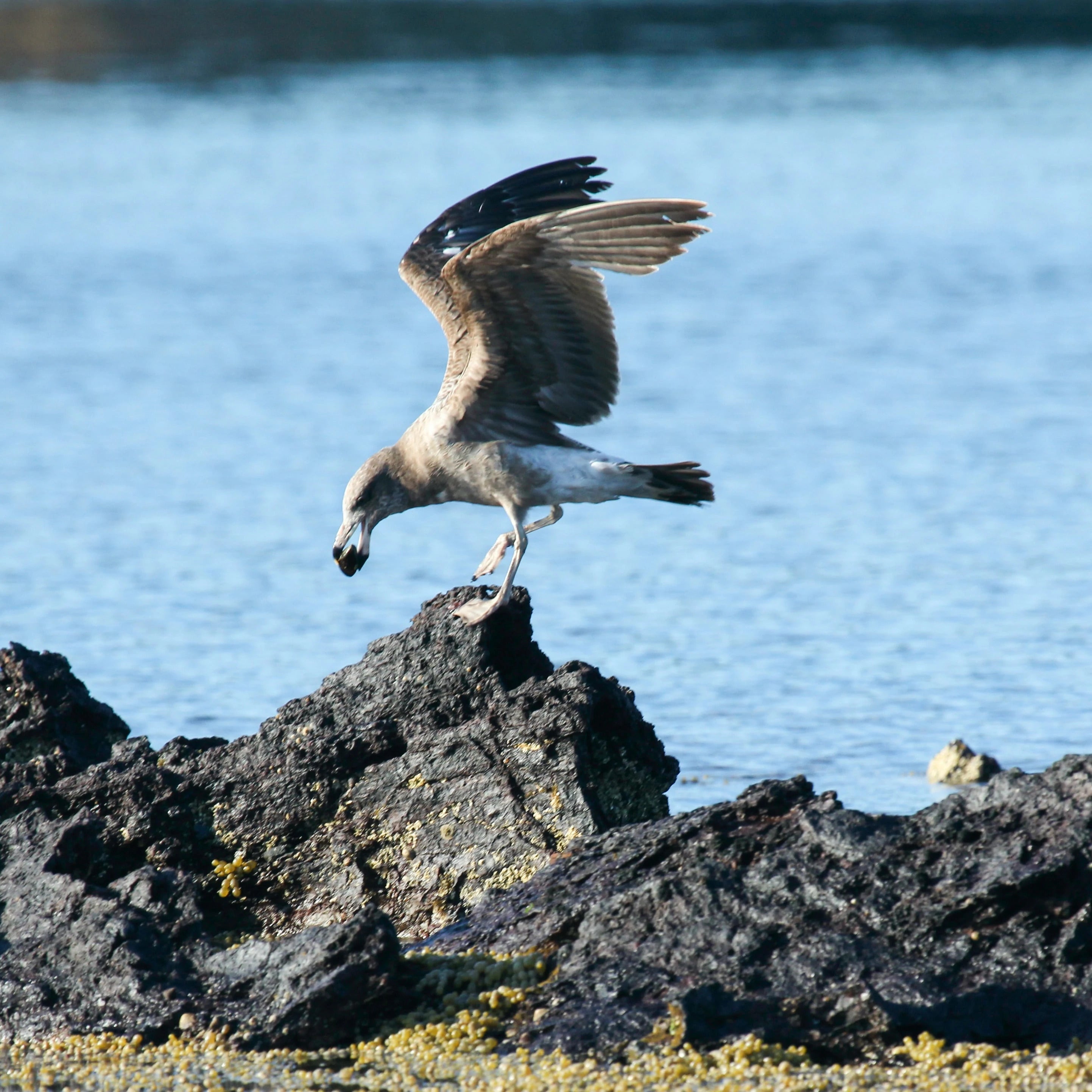When I grab a tin of sardines, I have an obvious answer to the question, “What eats sardines.” It’s me! However, humans aren’t the only species that eat sardines!
In their natural habitat, sardines are part of a complex food web. Understanding their natural prey and predators helps us better understand and protect the ecosystems they live in.
This delicate balance needs to be protected. Sustainable fishing ensures we can keep eating sardines for generations! More importantly, it protects the many species that share their ecosystem with sardines.
Predators that eat sardines rely on these fish to stay alive! Conversely, sardines keep their prey from becoming over-populated. These relationships describe a food chain or food web. Scientists work hard to tease out the many factors at play in these complex relationships. By understanding these interactions, we can better protect our planet and all the species on it.
What Is a Food Web?
We all know that nature is brutal. Everyone has to eat, after all. The important question is who eats who? Understanding and describing predator-prey relationships is important in understanding the natural world. Modeling these relationships is important to understanding and protecting species.
Ecology is the study of natural systems and the relationships between living things. Food chains and food webs are two ways ecologists describe natural relationships.

[Image by Amada44, Public Domain]
Food Chains
In a simple world, each animal would have one prey. This can be shown as a chain of predator-prey relationships. Each animal feeds on a smaller animal until you get to the top predator.
A food chain is great for describing simple ecological systems. They can be used to simplify natural systems by looking at only one chain in a larger picture.
Food Webs

[Image courtesy of Thompsma - Own work]
However, the reality is often more complex. You don’t eat the same thing for dinner every night, do you? Most animals don’t either. All of these predator-prey relationships create a complex network or web.
These webs reveal the complex reality of nature. Every species in an ecosystem is connected to each other. This network represents more than the proverbial “pecking order.” It shows how energy, nutrients, and even pollution move through an ecosystem.
Trophic Levels
All energy in ecosystems comes from the sun. Food webs describe how this energy moves from plants to herbivores and then to predators.
Each time a living thing becomes food, it transfers energy. Each of these transfers creates a new tier in a food web. These tiers are called ‘trophic levels.’
Food webs are usually shaped like a pyramid. There are many plants getting their energy from the sun. Think of all the trees in a forest! There are far fewer top predators. Think of the huge areas wolves or lions travel to hunt.
Top predators often take the brunt of pollution through a process called bioaccumulation. This is also why large tuna tend to have higher levels of mercury than other fish.
So Where Do Sardines Fit Into All This?
The word “sardines” can be used to refer to many different types of fish. However, the “true” sardines or European Pilchards (Sardina pilchardus) are what we will look at here. This species lives in the Mediterranean, the Black Sea, and the Northeast Atlantic.
Prey: What Do Sardines Snack On?
Sardines fill a mid-trophic level. They are both predators and prey! Though they may not look like they could do much hunting, they feed on many species of plankton.
Plankton are members of a broad group of animals and plants that live in the ocean. What they all have in common is that they float freely through the ocean. This is actually where they get their name! Planktos is a Greek word meaning “drifter.”
Plankton are divided into two main groups. Phytoplankton are plants, they photosynthesize and are generally green. Zooplankton, on the other hand, are animals.
Sardines prefer to eat zooplankton, but will also eat phytoplankton. Plankton come in many forms from tiny creatures, to floating eggs. Sardines will eat a wide variety of these. Some of the sardine’s favorite types of plankton are listed here!
- Crustacean (crab) eggs
- Copepods

- [Image courtesy of Andrei Savitsky]
- Decapods

- [Image courtesy of By Ernst Haeckel, Public Domain]
- Cirripedes (baby barnacles)

- [Image courtesy of By Ernst Haeckel, Public Domain]
- Fish eggs
- Dinoflagellates

- [Image courtesy of Ernst Haeckel, Public Domain]
- Diatoms

- [Image courtesy of Ernst Haeckel, Public Domain]
Predators: What Eats Sardines
Sardines don’t spend all their time eating! When they’re not getting eaten by you and me, they are hunted by a number of larger fish. As larvae and eggs, sardines can even get eaten by some jellyfish! Here are some of the most common predators sardines have to watch for.
-
Mackerel (Scomber scombrus)

- [Image courtesy of G.M. - The royal natural history, Public Domain]
-
Predatory Jellyfish (Pelagia noctiluca)

- [Image courtesy of Mark Norman / Museum Victoria]
-
Candacia

- [Image courtesy of Wikimedia Commons, Public Domain]
-
Silver Scabbardfish (Lepidopus caudatus)

- [Image courtesy of Wikimedia Commons, Public Domain]
-
Hake (Merluccius merluccius)

- [Image courtesy of Gervais et Boulart - Les poissons Gervais, H., Public Domain]
-
Bluefin Tuna (Thunnus thynnus)

- [Image courtesy of National Oceanic & Atmospheric Administration (NOAA), Photo Library, Public Domain]
- Seabirds
- Blue Butterfish (Stromateus fiatola)

- [Image courtesy of Bloch, Marcus Elieser on Flickr]
- Loggerhead Sea Turtles (Caretta caretta)

- [Image courtesy of Brian Gratwicke]
- Striped Dolphins (Stenella caeruleoalba)

- [Image courtesy of Jen Milius on Unsplash]
Part of the Bigger Picture
Sardines play an essential role in their natural ecosystems. Their place in the food web means they have impacts on many other species. For this reason, it is essential that sardines are harvested in sustainable and responsible ways. Buying your sardines from sustainable, small fisheries is the best way to protect these ecosystems and the species in them.
Article written by Casey Hofford on August 4th, 2020.
Cover image courtesy of Geoff Brooks on Unsplash


